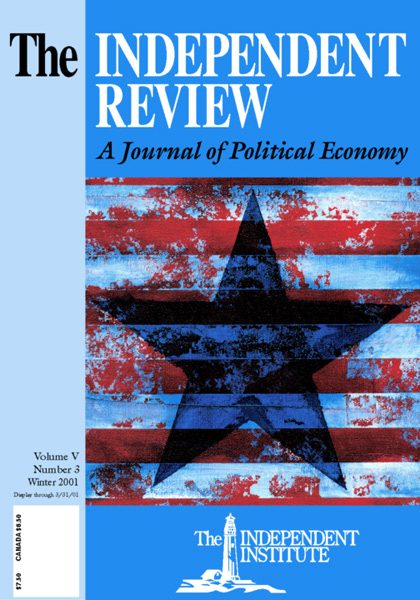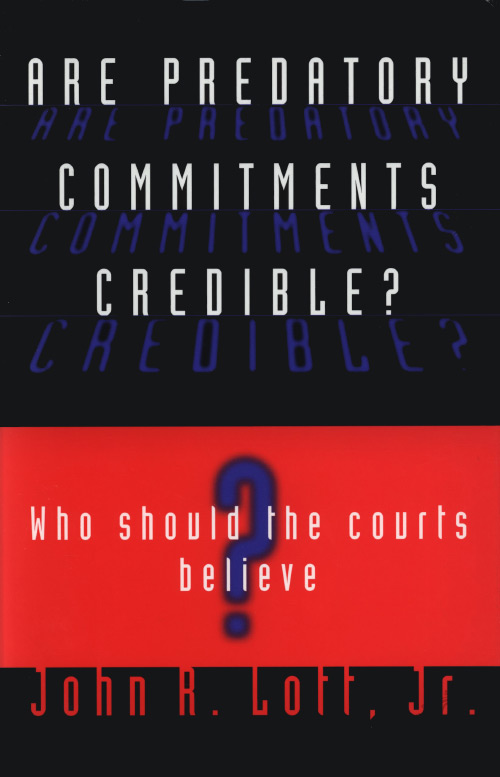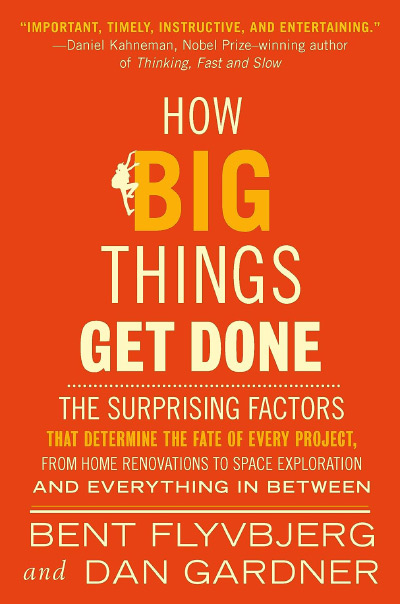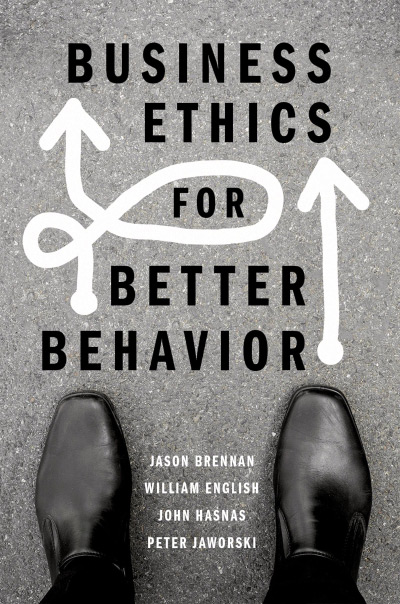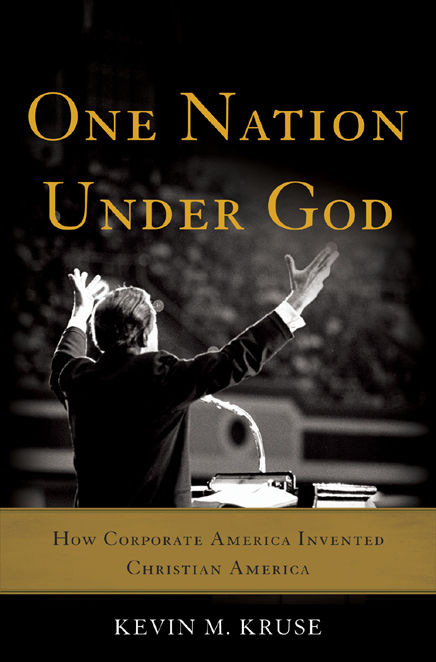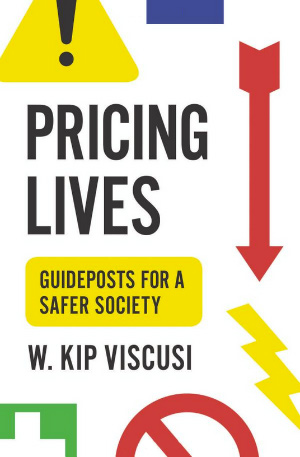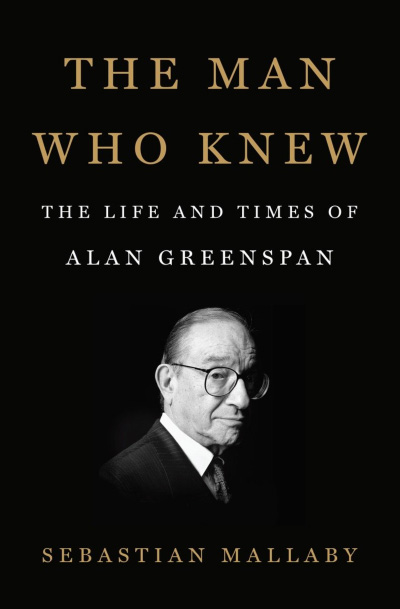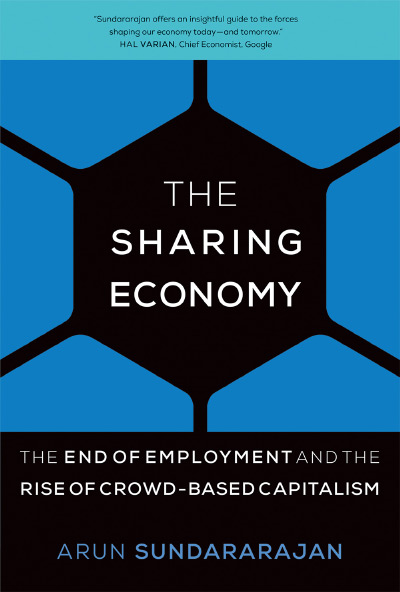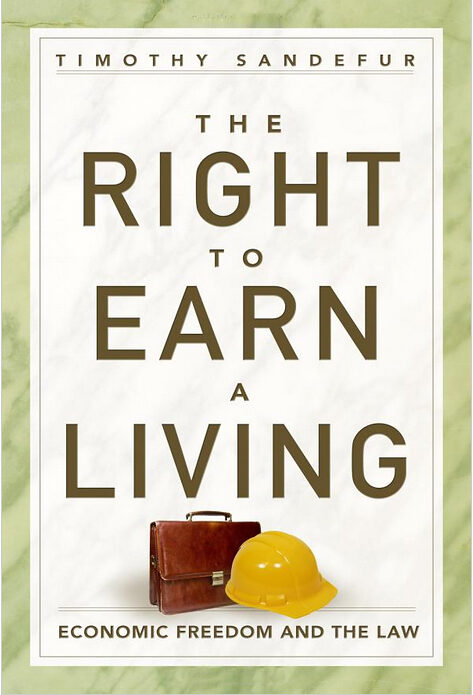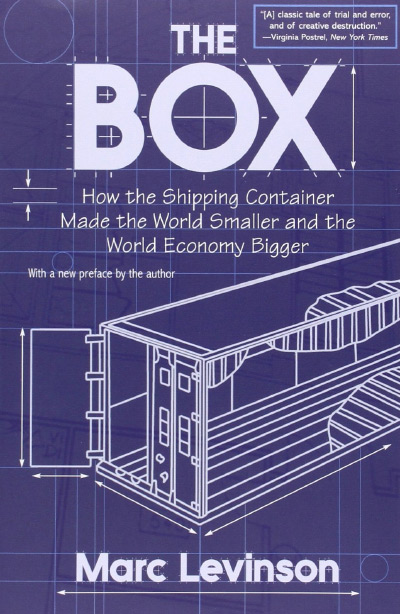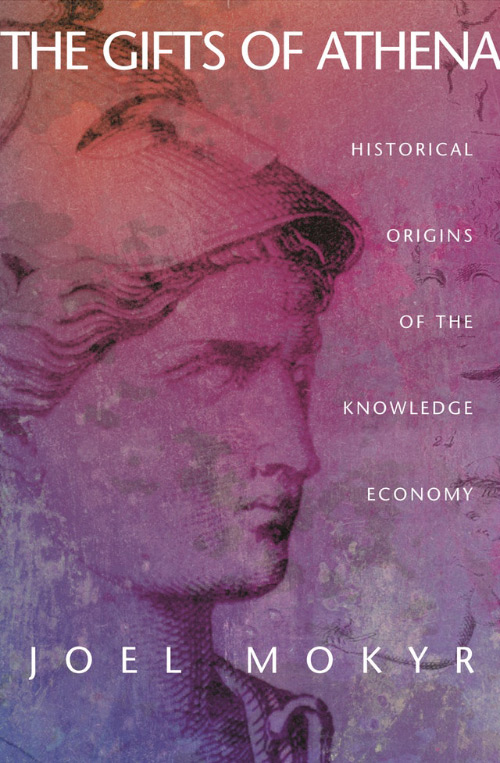In the 1960s and 1970s, the conventional wisdom in the economics of industrial organization was that monopoly power was pervasive and that a strong antitrust policy was needed to combat such power. A small band of economists and lawyers associated with the University of Chicago attacked the conventional wisdom, knocking out the theoretical underpinnings of antitrust law in general and the theory of predatory pricing in particular. The Chicago School analysts showed that, in theory, predatory pricing was unlikely to work because it required the predator to lower prices on an increased quantity of product, thereby taking large losses in the short run. Moreover, even if the competitor were driven out of business, the higher long-run price needed to recoup the short-run loss would encourage entry, and in the final accounting the predation would prove unprofitable. Empirical analysis backed up the Chicago School theory. Indeed, economists could not adduce a single clear-cut case of actual predatory pricing—hence, the title of the survey article by Roland H. Koller II, “The Myth of Predatory Pricing” (Antitrust Law and Economics Review 4 [summer 1971]: 105–23).
By the 1980s, the Chicago School ideas had become the conventional wisdom, at least among the senior staff at the Federal Trade Commission and the Justice Department during Ronald Reagan’s presidency. In fact, the Chicago School was so dominant that when Joel Klein wanted to bring an antitrust case against Microsoft in 1997, he was forced to hire outside counsel to try the case. No government lawyers skilled in such cases remained at the Department of Justice (William E. Kovacic, “The Microsoft Case: Its Implications for Network Industries,” speech to the Thirteenth Annual Advanced Workshop in Regulation and Competition, Monterey, Calif., July 5–7, 2000).
As the Chicago School ideas triumphed in Washington, they came under attack in the academy. One source of attack was the new industrial organization (NIO), based on game theory, which was revolutionizing all areas of economics. More recently, the analysis of “path dependence” has formed a second prong of attack. The game theorists created a host of models showing that with certain assumptions about information, strategy, and the structure of the game, a threat to use predatory pricing could, in theory, be profitable.
On the theoretical front, the Chicago School was forced to give ground. It remained mute for a number of years until Sam Peltzman launched an influential counterattack. In a withering 1991 review of the Handbook of Industrial Organization, which is dominated by game-theoretic models, Peltzman pointed out that almost no empirical evidence existed to support the new models. The reason is simple: the theoretical predictions of the NIO and of game theory in general are remarkably sensitive to the initial assumptions of the model. Change one assumption, even something as simple as which “player” moves first, and different conclusions follow from an otherwise identical model.
John Lott’s book Are Predatory Commitments Credible? Who Should the Courts Believe? is the second major counterattack from the Chicago School. Lott begins by taking the game-theoretic models seriously and attempting to test one of their implied assumptions.
The key questions for NIO models are: Are CEOs hawks or doves, and how can an entrant tell the difference? Predatory pricing in the NIO arises when a dominant firm can credibly signal that it will price below cost if anyone enters the market. If the signal is credible, the entrant will not enter. The Chicago School had shown that predatory pricing would be costly to the dominant firm and argued that therefore it would be unlikely to be practiced. Proponents of the NIO agree that predatory pricing is costly, but they argue that to keep an entrant out, no firm need actually practice predatory pricing if the threat to do so is credible.
A “hawk” is a firm that will actually cut prices to drive out an entrant. A “dove” is a firm that will acquiesce to entry because it cannot bear the short-term losses entailed by engagement in predatory pricing. Of course, doves threaten predatory pricing just as hawks do. How can the entrant discover who is a hawk and who a dove?
Lott’s answer is that a hawk-CEO must have high job security. As the entrant enters, the hawk-CEO goes to war against the entrant by driving down prices and thereby greatly reducing profits. If the CEO must answer to stockholders for declines in the price of stock, or if his own pay is tied to the stock price through options or other means, then he will be unwilling to prosecute the war. The signal required to make a predatory commitment credible is a system of corporate governance that allows the CEO more control over the corporation than stockholders would otherwise give him. In short, to signal credibly, the CEO must be a dictator rather than an elected representative. Dictatorship, of course, has its costs, in nations or in firms, so not every firm will want to be a hawk.
Lott proposes that this difference in corporate governance presents an opportunity to test the NIO theory of credible commitments. He examines twenty-eight firms accused of predatory pricing between 1963 and 1982. Is the corporate governance of these firms more hawklike than that of other firms? It is not. Lott finds few differences in CEO turnover, incorporation in a state with antitakeover provisions, stock ownership, or CEO pay sensitivity between the firms accused of predatory pricing and a control group. One of the key assumptions of the NIO is therefore wrong. The question remains, Why would firms that had no better commitment strategy than a control group have been accused of predatory pricing? Although this question lies beyond the scope of Lott’s book, one can only conjecture that those firms were accused of predatory pricing not because they actually practiced it but because their competitors wanted to stop competition (see Fred S. McChesney and William F. Shughart II, The Causes and Consequences of Antitrust: The Public Choice Perspective [Chicago: University of Chicago Press, 1995]).
If firms accused of predatory pricing do not seem to differ systematically from the control group, is any firm capable of following a predatory-pricing strategy? In effect, could any organization commit to not maximizing profits, if only for a limited period of time? Lott’s answer is that one group of firms can make such a commitment: publicly owned firms. The basic idea comes from Niskanen’s model (William Niskanen, Bureaucracy and Representative Government [Chicago: Aldine Atherton, 1971]): publicly owned firms maximize size rather than profit. Lott gives several examples, but none hits closer to home than the public university, which must maintain enrollment in order to maintain the size of the faculty and therefore sets prices considerably below costs.
Lott’s second type of evidence that publicly owned firms practice price predation is the fact that dumping cases—the international version of predatory-pricing complaints—have been filed under the General Agreement on Tariffs and Trade more frequently against firms from communist countries than against firms from noncommunist countries. Lott shows, therefore, that the NIO theory of predatory pricing makes sound predictions (hawks practice predatory pricing more than doves), but it has limited application to the private-enterprise system, to which its advocates intended it to apply.
Lott’s third argument supplements the theory of predatory pricing. He extends Jack Hirshleifer’s observation that inventors of public goods can internalize at least some of the value of their invention by taking long or short positions in assets whose price will change after the discovery is made public (see Jack Hirshleifer, “The Private and Social Value of Information and the Reward to Inventive Activity,” American Economic Review 61 [1971]: 561–74). Lott extends this idea by arguing that an entrant facing an incumbent with a reputation for toughness should take a short position in the incumbent’s stock, enter, and reap trading profits. In effect, the incumbent firm with a reputation for toughness finances the entry of its own competitors. The entrant can also make profits by exiting. If the entrant enters and finds that it cannot withstand the attack of the hawk, it can take a long position in the incumbent’s stock, exit, and collect the trading profits. Either way, trading profits increase the incentive to enter because whether or not entry ultimately succeeds, trading profits allow the entrant to make a profit. As Lott puts it, “the more successfully a predator deters entry, the greater the return that trading profits create toward producing new entry. Creating a reputation to predate can thus be self-defeating” (p. 115).
Lott provides several anecdotes about the use of trading profits, but he admits he can find few recent examples. The problem, of course, is that a firm holding a short position in a competitor’s stock would not want to advertise that fact to the market. Therefore, we would expect such evidence to be thin. The trading-profits idea does suggest that the threat to practice predatory pricing would be more successful when the incumbent firm was closely held, and therefore entrants could not easily buy shares of it. This relationship might make predatory pricing more likely in developing countries that are dominated by family-run firms and that lack well-developed equity markets.
Lott’s trading-profits theory is alone worth the price of the book—a credit to Lott and an indictment of the NIO. One of the basic insights of economics is that well-established markets threaten rents. Lott’s simple application of this wisdom ought to change the way economists think about antitrust cases and the way they are litigated both as private and as public cases. The notion that trading profits can mitigate or eliminate the private damage from predatory pricing should certainly give antitrust experts cause to worry about the efficiency of treble damages. I await the day when the defendant in an antitrust case will respond, “If my actions were predatory, why didn’t the plaintiff just buy my stock short and use the profits to stay in the market.”

